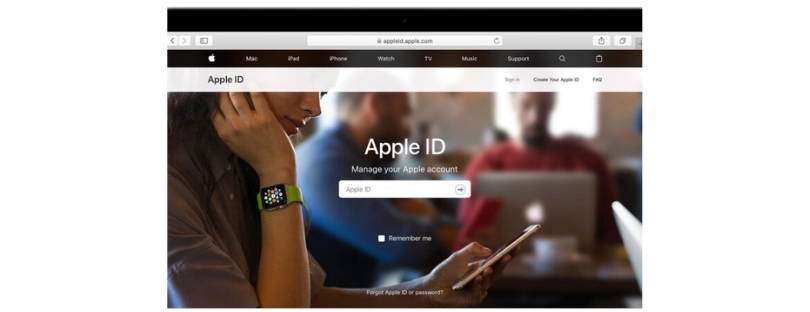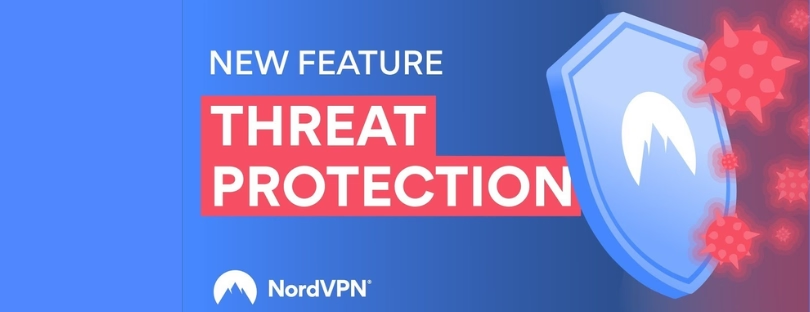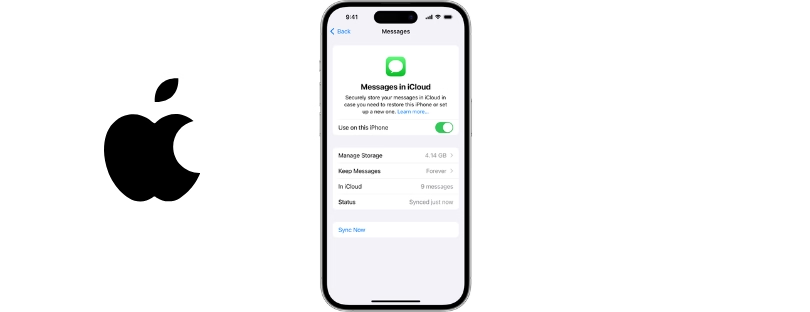
How Sleep Tracking Technology Can Help You Sleep Better
World Sleep Day is an annual celebration of sleep, dedicated to raising awareness about important issues related to sleep, including medicine, education, social aspects, and driving. This year’s event will take place on March 17, 2023. Sleep is essential to our overall health and well-being. It is during sleep that our bodies repair and regenerate, and our brains process and consolidate memories. Unfortunately, many of us struggle to get the right amount or quality of sleep that we need. The National Sleep Foundation recommends that adults get between 7-9 hours of sleep per night, but studies show that up to 40% of adults in the US get less than 7 hours of sleep per night. This lack of sleep can have serious consequences, including a weakened immune system, increased risk of chronic diseases, and impaired cognitive function.
The good news is that there are ways to improve the quality and quantity of our sleep, and one of the most effective ways is through sleep-tracking technology. With advancements in technology, we now have access to an array of sleep-tracking tools that can help us monitor and improve our sleep patterns. In this article, we’ll explore how sleep-tracking technology can help you sleep better and the different types of tools available to help you achieve a good night’s sleep.
The Importance of Sleep for Overall Health and Well-being
Sleep is not just important for feeling rested and alert during the day. It is also critical to our overall health and well-being. Sleep plays a vital role in the functioning of our immune system, metabolism, and hormone regulation. It is during sleep that our bodies repair and rejuvenate, and our brains consolidate memories and process information. Without adequate sleep, we are at risk of developing chronic conditions such as obesity, diabetes, and cardiovascular disease.
The Challenges of Tracking Sleep Without Technology
While many of us may be aware of the importance of sleep, tracking our sleep patterns manually can be challenging. It is difficult to accurately measure the amount and quality of sleep we are getting without the help of technology. Traditional methods of tracking sleep, such as keeping a sleep diary or monitoring our sleep with a stopwatch, can be time-consuming and unreliable.
The Benefits of Using Sleep Tracking Technology
Sleep tracking technology has become an increasingly popular way to gain insight into our sleep habits and make data-driven decisions to improve the quality of our rest. By using sleep tracking technology, we can monitor the duration and quality of our sleep, track our sleep patterns over time, and identify trends and patterns that may be affecting our sleep. With this information, we can make lifestyle changes or seek medical advice to improve our sleep.
The Science Behind Sleep Tracking Technology
Sleep tracking technology works by monitoring our body’s physiological signals, such as heart rate, breathing rate, and movement, during sleep. Wearable devices and smart beds use sensors to detect these signals, while smartphone apps use the phone’s accelerometer to track movement. This data is then analyzed to determine the duration and quality of our sleep.
The accuracy of sIeep-tracking technology varies depending on the type of device or app used. Wearable devices and smart beds tend to be more accurate than smartphone apps, as they use multiple sensors to track physiological signals. However, smartphone apps can still provide valuable insights into our sleep patterns, especially if used consistently over time.
Types of Sleep Tracking Technology – Wearable Devices, Smartphone Apps, and Smart Beds
There are several types of sleep-tracking technology available on the market today, including wearable devices, smartphone apps, and smart beds.
Wearable Devices
Wearable devices, such as fitness trackers and smartwatches, are the most popular type of sleep-tracking technology. These devices use sensors to track physiological signals, such as heart rate and movement, during sleep. Some wearable devices even have dedicated sIeep-tracking modes that provide more detailed insights into our sleep patterns.
Smartphone Apps
Smartphone apps, such as Sleep Cycle and Pillow, use the phone’s accelerometer to track movement during sleep. These apps can provide insights into the duration and quality of our sleep, as well as provide personalized recommendations for improving our sleep.
Smart Beds
Smart beds, such as the Sleep Number 360, use sensors to detect movement and adjust the bed’s firmness and position to provide optimal support and comfort during sleep. These beds can also track sleep patterns and provide personalized recommendations for improving sleep.
Popular Sleep Tracking Apps and Their Features
There are many sleep-tracking apps available on the market today, each with its own unique features and benefits. Here are some of the most popular sleep-tracking apps and their features:
Sleep Cycle
Sleep Cycle is a popular sleep-tracking app that uses the phone’s accelerometer to track movement during sleep. It provides a detailed analysis of sleep patterns, including the duration and quality of sleep, and provides personalized recommendations for improving sleep. Sleep Cycle also has a smart alarm feature that wakes you up during the lightest stage of sleep to help you feel more rested.
Pillow
Pillow is another popular sleep-tracking app that uses the phone’s accelerometer to track movement during sleep. It provides a detailed analysis of sleep patterns, including the duration and quality of sleep, and provides personalized recommendations for improving sleep. Pillow also has a snore detection feature that can help identify snoring patterns and provide recommendations for reducing snoring.
Fitbit
Fitbit is a popular wearable device that tracks sleep patterns using sensors that monitor heart rate and movement. It provides a detailed analysis of sleep patterns, including the duration and quality of sleep, and provides personalized recommendations for improving sleep. Fitbit also has a smart alarm feature that wakes you up during the lightest stage of sleep to help you feel more rested.
Tips for Using Sleep Tracking Technology Effectively
To get the most out of sleep-tracking technology, it’s important to use it effectively. Here are some tips for using sleep-tracking technology effectively:
Be Consistent
Consistency is key when it comes to using sleep-tracking technology. Try to use the same device or app every night to ensure accurate and consistent data.
Set Realistic Goals
Set realistic goals for improving your sleep based on the insights provided by sIeep tracking technology. For example, if you notice that you are getting less than 7 hours of sleep per night, aim to gradually increase your sleep duration to reach the recommended 7-9 hours.
Use the Insights to Make Lifestyle Changes
Use the insights provided by sleep-tracking technology to make lifestyle changes that can improve your sleep. For example, if you notice that you are consistently waking up during the night, try to establish a consistent bedtime routine or avoid caffeine before bed.
How to Interpret Sleep Tracking Data
Interpreting sleep-tracking data can be challenging, especially if you are new to using sleep-tracking technology. Here are some key metrics to look for when interpreting sleep-tracking data:
Sleep Duration
Sleep duration is the total amount of time you spend asleep each night. The National Sleep Foundation recommends that adults get between 7-9 hours of sleep per night.
Sleep Efficiency
Sleep efficiency is the percentage of time you spend asleep compared to the total time you spend in bed. A sleep efficiency of 85% or higher is considered good.
Sleep Stages
There are four stages of sleep: Stage 1, Stage 2, Stage 3, and REM (Rapid Eye Movement) sleep. Each stage plays a different role in the sleep cycle, with REM sleep being the most important for cognitive function and memory consolidation.
Sleep Tracking Technology and Its Impact on Sleep Disorders
SIeep tracking technology can be particularly beneficial for those with sleep disorders, such as insomnia or sleep apnea. By monitoring sleep patterns and identifying trends and patterns, sleep-tracking technology can help individuals make lifestyle changes or seek medical advice to improve their sleep.
Final thoughts
Sleep is critical to our overall health and well-being, yet many of us struggle to get the right amount or quality of sleep that we need. Sleep tracking technology can make a significant difference by providing insights into our sleep patterns and helping us make data-driven decisions to improve the quality of our rest. Whether you’re looking to optimize your sleep for better health, and productivity, or simply to feel more rested, sleep-tracking technology can help you track your way to better sleep.







